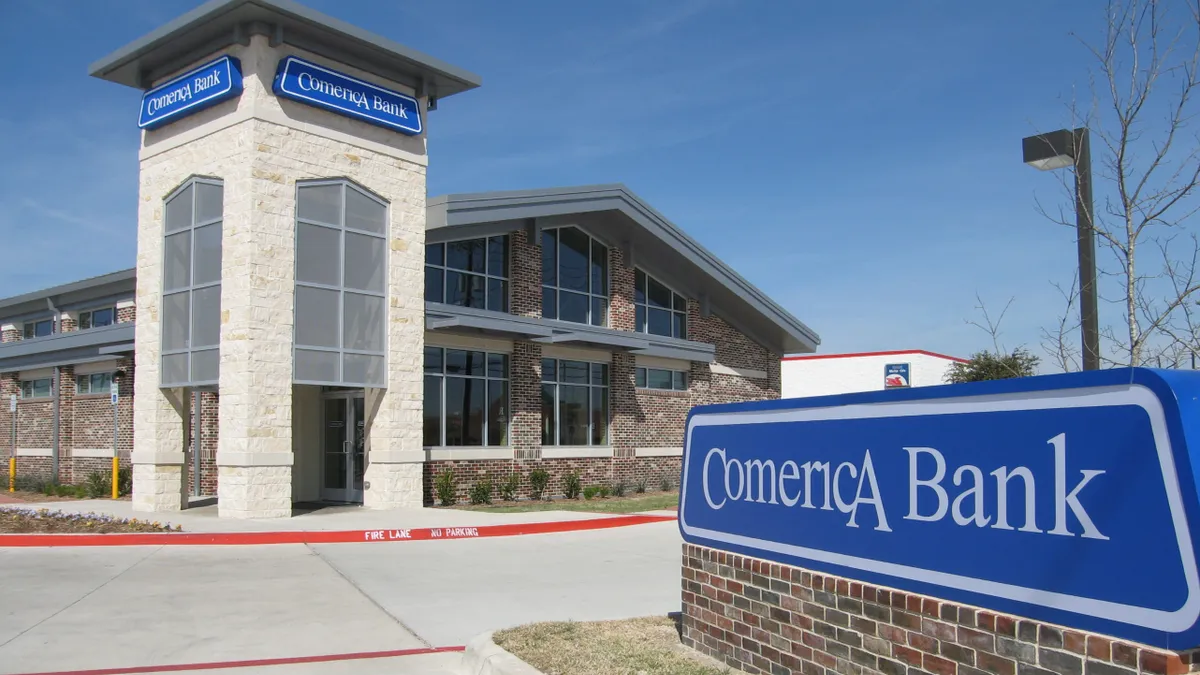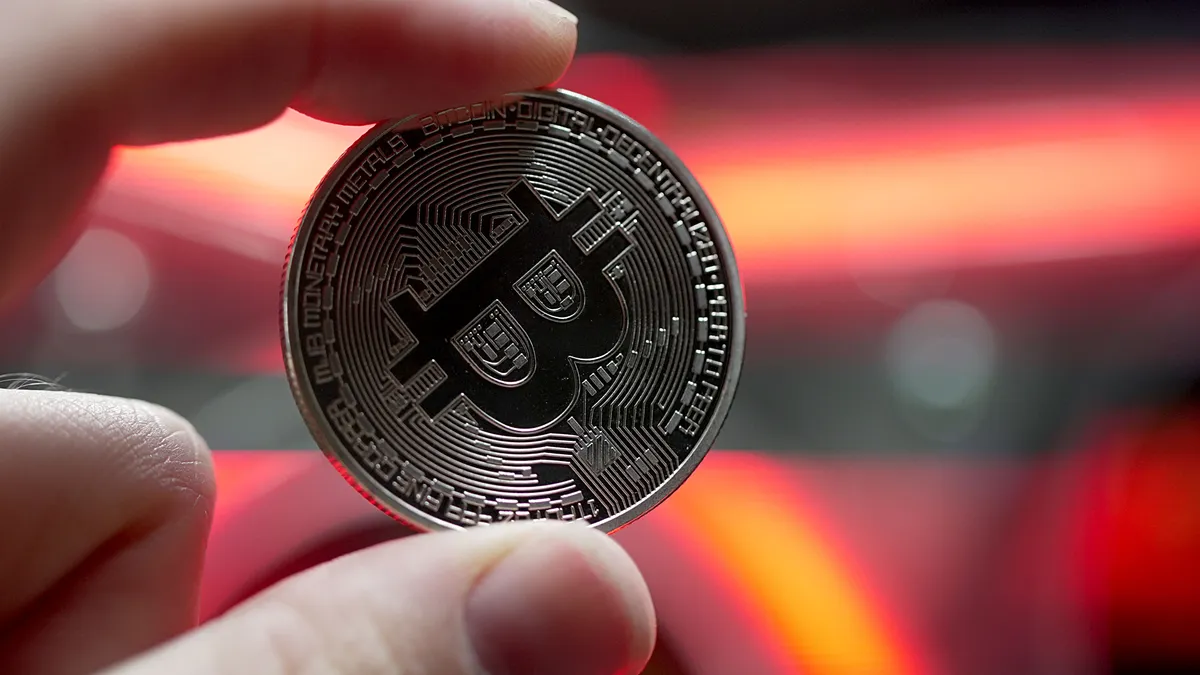Carl Slabicki is head of strategic payments, BNY Mellon Treasury Services. The views expressed herein are the author's and may not reflect those of BNY Mellon. This does not constitute Treasury Services advice, or any other business or legal advice, and it should not be relied upon as such.
A digital revolution is driving U.S. banks to evolve their payment solutions. The industry is experiencing a shift from paper to digital processes, with developments including new real-time payments systems, the emergence of innovative overlay services, and the modernization of legacy rails to meet evolving client needs.
In today’s world, the importance of digitization is clear: businesses increasingly expect faster, more streamlined and efficient transaction options — a trend that has been further reinforced in the past few months. Additionally, the uptick in remote working has exposed the need for digital processes more than ever.
Banks must keep up with the pace of change, investing in digital capabilities to ensure they're positioned both to support their clients’ digital journeys and to maintain traditional payment types and workflows. In addition to providing the technology tools, banks have an important role to play in educating clients — whose own processes are built around legacy systems — and providing guidance to help ease individual client transformations from paper to electronic solutions.
The evolving payments ecosystem
The ACH network, the batch settlement system in the U.S., has been driving growth and innovation for almost 50 years. Operated by the National Automated Clearing House Association (NACHA), the network’s continuous modernization has led transaction volumes to increase by more than 1 billion in each of the past five years. A vital part of the ACH network’s recent success is the Same Day ACH (SDA) feature, which was implemented as the demand for faster payments grew. By evolving to provide increasing payment convenience, the ACH network is thriving.
Across the industry, banks are implementing digital improvements to payments systems to enhance legacy rails. The use of virtual cards continues rising, and contactless payments are becoming customary.
Meanwhile, banks are introducing entirely new rails. The U.S.’s Real-Time Payments Network (RTP), introduced by The Clearing House in 2017, is transforming the customer experience by streamlining processes from transaction initiation through to reconciliation, with settlement and messaging completed in seconds. With the normalization of the 24/7/365 economy, RTP brings together the speed, convenience and transparency that modern-day businesses require. Another shift in the market will be the Federal Reserve’s new FedNow Service — expected to launch in 2023 or 2024 — which will further support the growth of faster payments.
The path to digital
Alongside the growth of the payment rails themselves, a host of overlay services are coming to market that are enhancing the client experience. Migrating from checks to electronic payments remains difficult for many businesses without the account information required to complete digital transactions.
To solve this problem, payment processing networks are being established to allow payees to register their details and create authentic profiles, allowing them to conveniently make and receive electronic payments. For example, Zelle, owned by a consortium of banks, registers users by an identifier such as an email or phone number — referred to as “tokens” — which can be used to make electronic payments without the beneficiaries giving away sensitive bank information.
Such networks, harnessed by banks, represent an effective way to securely send electronic payments and avoid the costs and challenges of paper processing. As such, they are helping small business and consumers to modernize their payment processes and move further toward digitization.
Security: An essential element
As digital solutions improve, criminals are also leveraging technology to find more sophisticated methods of committing fraud. A recent study found 82% of institutions were victim to attempted or actual payment fraud in 2018. What’s more, there has been a rapid escalation in fraud due to the current challenging environment, with the FBI reporting more complaints of fraud in the first five months of 2020 than in all of 2019.
Being able to provide effective risk mitigation tools for the digital landscape is paramount. No matter the payment channel used — ACH, wire, real-time or other — a key question persists: how can you verify an individual is authorized to transact on an account?
New technology allows leading banks to introduce cutting-edge capabilities based upon pre-validation. By leveraging trusted, secure databases such as Early Warning’s National Shared Database, banks can offer real-time account validation services to clients — using upfront validation tools, such as application programming interfaces (APIs), and applying smart-routing logic — that provide confirmation of both the status and ownership of an account. Importantly, this enables effective, increased risk and fraud prevention capabilities prior to a payment being sent.
Mobilizing change
New technology capabilities fuel the move from paper-based to effective, efficient digital payments. The pandemic is reinforcing this trend, propelling customers to engage with digital solutions as paper becomes ever more impractical, further pushing the payments industry toward long-term digital growth.
With rapid change taking place, and as quick adaptation becomes more critical, many banks are looking to outsource digital solutions to trusted partners that already have the technology available. As they do so, it is vital that they cater to the breadth of clients’ needs — finding the balance between leveraging new capabilities to support clients’ digital journeys and continuing to support traditional services.
This is an exciting time for payments. With real-time payment options, overlay services and modernized legacy systems emerging, the opportunity for banks to provide improved, digital services to clients — with greater levels of security, ease and efficiency — has arrived.





















